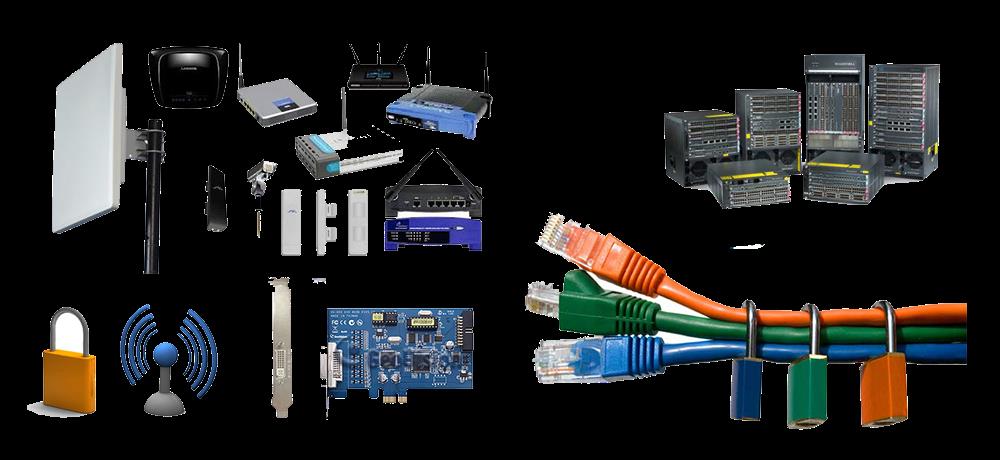What equipment do I need to set up a network for a company?
When selecting the networking equipment to build your business network infrastructure, you must first consider the size and layout of your business, as well as your data access needs. At a minimum, you need proper cabling, a modem, and a router or switch to provide Internet connectivity for all employees. If your company network is larger, a patch panel simplifies network connectivity and management.

Ethernet cabling
You will need a sufficient number of Ethernet cables to connect all the devices on your network. Most modern networks use Category 5 or 6 cablings, and you can purchase cables in a variety of lengths. You can even buy cables in different jacket colors to distinguish network devices on a large network. For example, you can use blue cables for PCs, red cables for servers, and so on.
Read More: DNS Filtering
Modem
Your ISP usually provides a modem when you sign up for the service, although you can usually purchase yours from a list of approved devices if you wish. A modem exists at the edge of your network and provides two-way communication between your ISP and the devices within your network. Modems come in various forms depending on their service. A DSL modem, for example, connects to your ISP through a phone line, while a cable modem uses a coaxial link. Most modems also have one or more Ethernet ports that you can use to connect the device to a router, switch, or directly to a computer.
Routers and switches
A router or switch connects to your modem via an Ethernet cable and provides connectivity to multiple devices. Unlike switches, routers allow you to connect two networking device together. For example, if you have one or more branch offices, you can use a VPN-enabled router to provide a secure connection to those offices. Routers and switches with DSU / CSU provide T1 links to branch offices. The routers have built-in firewalls and advanced features like web filtering. Switches are primarily used to facilitate communication within a single office network, although some contain router-like features such as the ability to create virtual local area networks (VLANs). You can also buy unmanaged switches that need no configuration and work out of the box.
Patch panels
In larger environments, Ethernet cabling runs from wall-mounted Ethernet connectors to a patch panel in a server room or wiring closet. Individually numbered for best results, a patch panel contains a single Ethernet connector for each termination. To provide network connectivity to a given wall socket, run an Ethernet cable from your switch or router to the corresponding socket on the panel. Patch panels make it much easier and neater to connect a large number of computers or other network devices. They also simplify troubleshooting when someone in the office loses connectivity.






